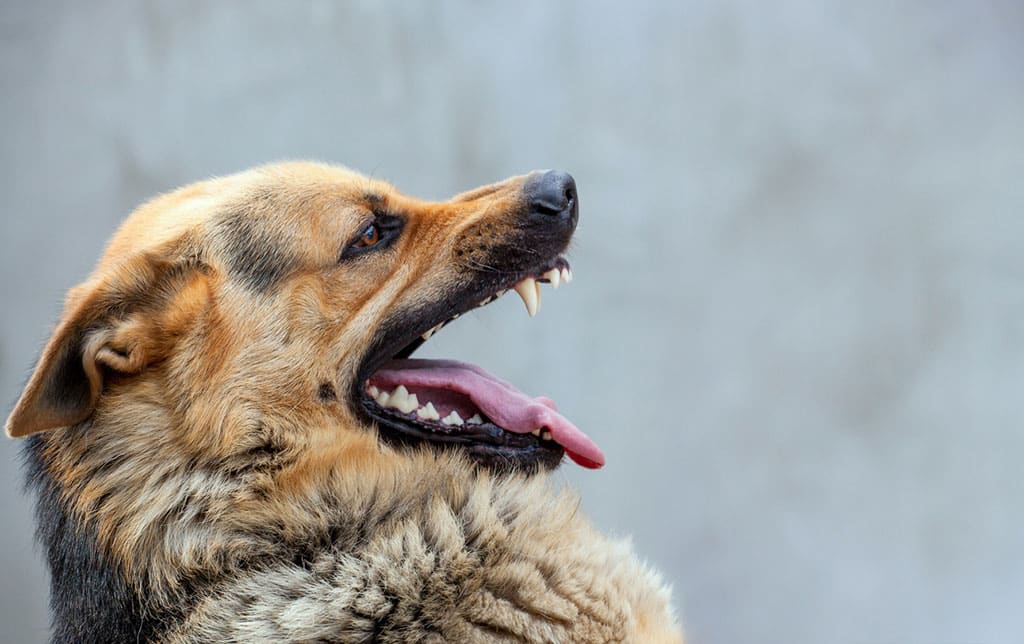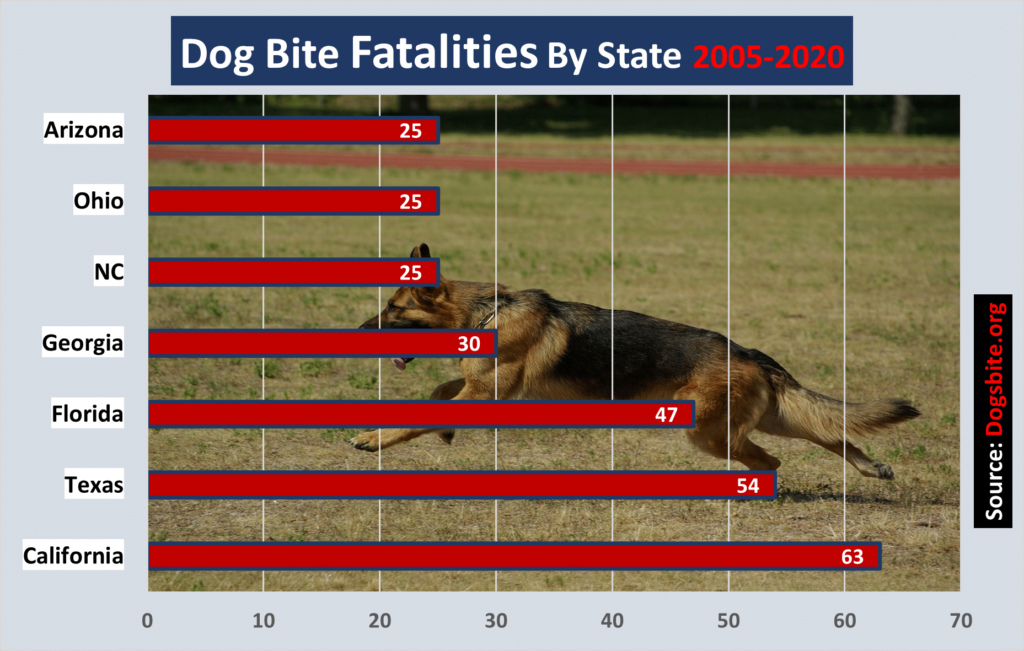How to Stay Safe When a Dog Approaches: A Detailed Guide for Dog Encounters
Dogs are wonderful companions, and for many of us, they’re an integral part of our daily lives. Whether you’re out for a walk in the park, visiting a friend’s house, or simply strolling through your neighborhood, encountering a dog is something that happens regularly. While most dogs are friendly and well-behaved, there are times when a dog’s approach may feel intimidating, especially when you don’t know the animal’s temperament or behavior. Understanding how to stay safe when a dog approaches can make a big difference in preventing potential incidents and ensuring that you and the dog both remain calm and safe.

In this comprehensive guide, we’ll provide key insights and strategies for handling dog encounters in a calm, confident, and safe manner. By learning the best practices for interacting with dogs, you can significantly reduce the likelihood of unpleasant situations and foster a better understanding of canine behavior.
Why Knowing How to Stay Safe When a Dog Approaches Is Important
Dogs are incredibly social animals, and many are friendly and approachable. However, even the most well-behaved dogs can become anxious, territorial, or scared if they feel threatened. When a dog approaches you, its behavior could be driven by curiosity, excitement, fear, or even aggression. How you respond can influence the dog’s reaction.
If you don’t handle a dog encounter appropriately, you could unintentionally provoke a defensive or aggressive response. On the other hand, handling the situation well can prevent misunderstandings and foster positive interactions with dogs. By knowing the right steps to take, you can stay safe while also respecting the animal’s boundaries.

What to Do When a Dog Approaches: Key Tips for Safety
1. Don’t Turn and Run
One of the first things people instinctively do when a dog approaches them is turn and run. However, this is exactly what you should avoid. Running away from a dog can trigger its prey drive. Many dogs, especially those with higher energy levels, love to chase and catch things. If you run, the dog might view it as a game, or worse, perceive you as a threat.
Why running is a bad idea:
- Instinctive chasing: Dogs have an instinct to chase moving objects, and running may cause them to view you as something to chase, even if they’re not initially aggressive.
- Excessive excitement: Some dogs, particularly puppies or high-energy breeds, may get over-excited and may inadvertently cause harm while trying to “catch” you.
What to do instead:
- Stand still and remain calm. Dogs typically leave people alone once they determine that the person is not a threat. When you stand still, you communicate to the dog that you are not a target, and you allow the dog to approach at its own pace.
2. Stand Still and Keep Your Hands at Your Sides
When a dog approaches, standing still with your hands at your sides is a crucial step for staying safe. Dogs are excellent at reading body language, and sudden movements or gestures can trigger anxiety or aggression.
Why this works:
- Appearing non-threatening: A relaxed posture with hands at your sides conveys to the dog that you’re not a threat and aren’t looking to engage in a confrontation.
- Avoiding sudden movements: Quick, jerky motions could startle the dog and make it feel cornered or confused. This can lead to fear-based aggression or defensive behaviors.
What to do instead:
- Be still. Let the dog come closer if it feels comfortable, but don’t move or make any sudden gestures. Most dogs will sniff or assess you from a distance to determine if you pose any threat.
3. Don’t Put Your Hand Out
Another common mistake people make when encountering a dog is immediately extending their hand for the dog to sniff. While this may seem like a natural way to introduce yourself, it’s actually a behavior that can be misinterpreted by the dog.
Why this is risky:
- Perceived threat: Some dogs interpret an outstretched hand as an act of dominance or a threat. A dog may feel compelled to respond defensively, potentially leading to biting or snapping.
- Not every dog likes this gesture: Some dogs are anxious or fearful of people, and putting your hand out might cause them to feel cornered or uncomfortable.
What to do instead:
- Let the dog approach you. Allow the dog to approach you at its own pace. If the dog is comfortable, it will sniff you and make its own assessment. If the dog doesn’t seem interested in sniffing you, it’s best to give it space.
4. Speak Calmly and Firmly
Your tone of voice is incredibly important when interacting with a dog. Dogs are extremely sensitive to sound and body language, and how you speak can either help calm a dog or escalate a situation.
Why tone matters:
- Calm energy: Speaking in a calm and steady voice can signal to the dog that you are not a threat and are at ease. Dogs can pick up on anxiety, so if you are anxious or fearful, the dog may mirror that emotion, making the situation more tense.
- Firmness over loudness: A loud or high-pitched voice can startle a dog and make them nervous or agitated. A calm, firm tone reassures the dog that you’re in control of the situation.
What to do instead:
- Use a calm, even tone. Speak gently and avoid raising your voice. If the dog is getting too close or appears to be acting aggressively, a calm but firm “no” may help redirect the behavior.
5. Avoid Direct Eye Contact or Staring
Direct eye contact with a dog, especially with an unfamiliar dog, can be interpreted as a challenge. While humans may make eye contact as a sign of attentiveness or friendliness, dogs perceive it differently. For a dog, prolonged staring can be seen as a form of aggression or dominance.
Why staring is problematic:
- Perceived threat: A direct stare may provoke the dog, making them feel threatened or cornered, leading to a defensive response.
- Cultural differences in communication: Dogs communicate through body language and gestures. While we may think staring is neutral or friendly, it may convey dominance or hostility to a dog.
What to do instead:
- Avoid direct eye contact. Gently glance at the dog from the side, without staring into its eyes. This helps you remain non-threatening while still keeping an eye on the dog’s movements.
6. Slowly Back Away
If the dog doesn’t seem friendly or begins to act aggressively, your next step should be to calmly and slowly back away. Never turn your back on the dog or run. Instead, move backward while keeping your body positioned toward the dog.
Why this works:
- Maintaining control: Moving backward slowly shows that you’re not trying to flee, but you’re calmly removing yourself from the situation.
- Avoiding triggers: Quick movements or turning your back can make the dog feel like it’s losing control, which can provoke an aggressive response.
What to do instead:
- Back away slowly. Keep your movements deliberate and calm. Use the corner of your eye to monitor the dog’s actions. As you back away, maintain a relaxed posture and avoid sudden movements. Once you’re at a safe distance, you can reassess the situation.
Additional Tips for Staying Safe When a Dog Approaches
- Stay calm: Dogs pick up on your energy. The calmer and more confident you remain, the less likely the dog will sense fear or anxiety.
- Avoid sudden movements: Abrupt actions can startle dogs, potentially causing defensive reactions.
- Know the dog’s body language: Look for signs of a friendly dog (wagging tail, relaxed posture) versus a fearful or aggressive dog (raised hackles, growling, tense body).
- Respect the dog’s space: If the dog shows signs of discomfort, fear, or aggression, give it space and do not attempt to approach it.
Frequently Asked Questions (FAQ)
1. What should I do if a dog starts barking aggressively at me?
If a dog starts barking aggressively, it may feel threatened or territorial. Remain calm and avoid making eye contact. Slowly back away and try to put a barrier, like a bag or a tree, between you and the dog if possible. Do not engage with the dog, and wait for it to calm down.
2. Can I pet a dog that I don’t know?
It depends on the dog’s behavior. Always ask the owner for permission before petting a dog. If the dog appears nervous or is showing signs of aggression (like growling or stiffening), it’s best to avoid trying to pet it.
3. What does it mean if a dog is wagging its tail?
A wagging tail generally means that a dog is happy or excited. However, the wagging can also indicate nervousness or aggression, depending on the context and the dog’s body language. Pay attention to other signs, such as the dog’s posture, ears, and eyes, to interpret the behavior more accurately.
4. What should I do if a dog attacks me?
If a dog attacks, try to protect your face and neck by curling into a ball and covering these areas. Try to stay calm and avoid thrashing around, as this may further provoke the dog. Once you are in a safe position, seek medical attention immediately.
5. How can I tell if a dog is friendly or aggressive?
Friendly dogs typically have relaxed body language, wagging tails, and may approach you with an open mouth or tongue hanging out. Aggressive dogs may show signs of stiff posture, raised hackles, bared teeth, growling, or lunging. Always assess the dog’s body language and trust your instincts.
Conclusion
Knowing how to stay safe when a dog approaches is crucial for preventing misunderstandings and potential conflicts. By following these simple but effective steps — staying calm, avoiding sudden movements, and reading the dog’s body language — you can ensure that both you and the dog have a positive interaction. Whether the dog is a friendly puppy or an unfamiliar adult, your approach matters in creating a safe and comfortable environment for everyone involved.
By remaining calm and confident, you can reduce the risk of an unpleasant situation and enjoy your time outdoors, knowing how to handle encounters with dogs in a safe and respectful manne














Leave a comment